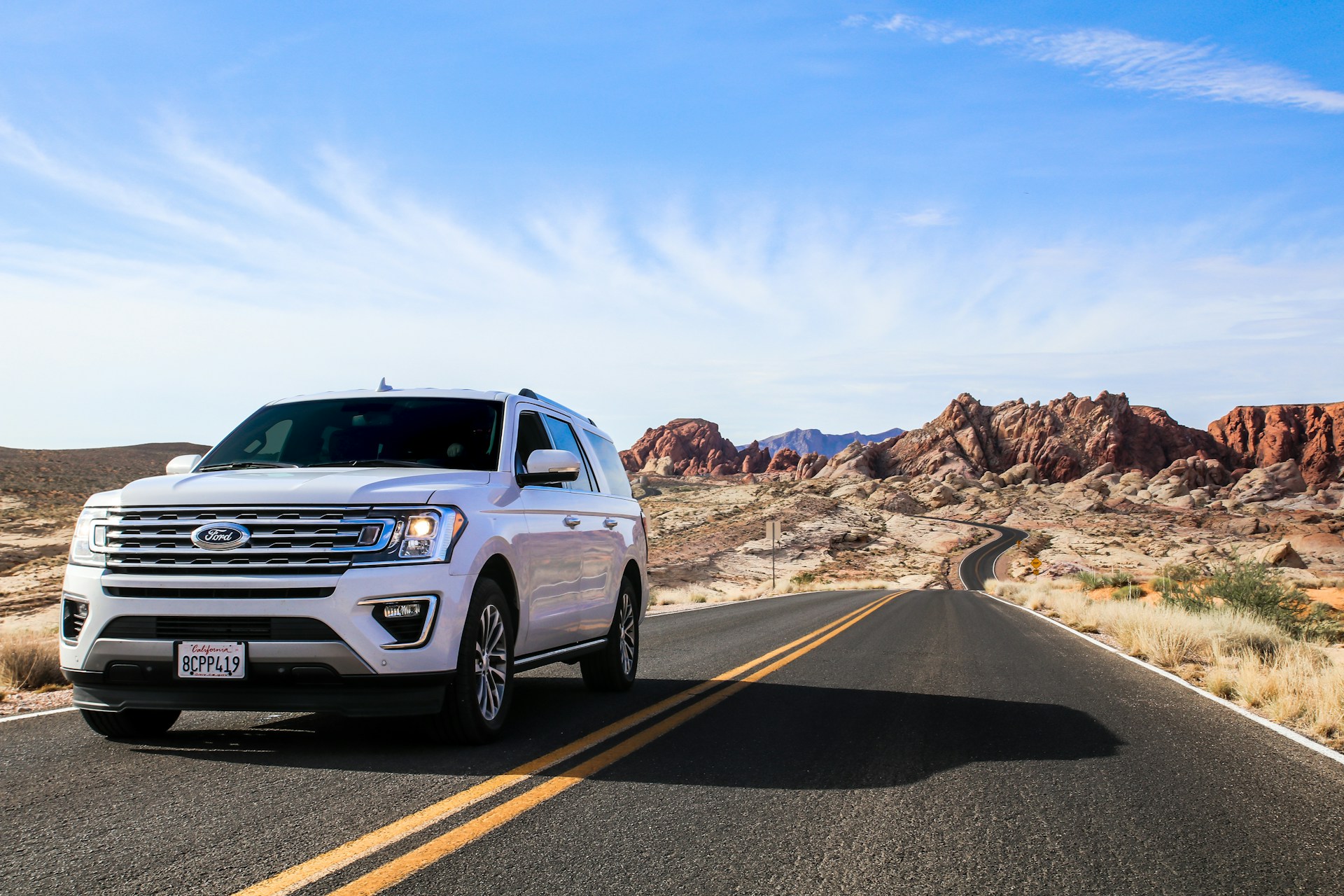Need to tow a stuck car? This guide outlines ten safe steps to use tow straps for vehicle recovery or roadside emergencies. Perfect for pulling vehicles from mud or snow, these tips ensure safe towing, protecting your car and others while getting you back on the road.
1. Choose the Right Tow Strap
Selecting a suitable tow strap ensures safe and effective towing. Straps vary in strength and length, so picking one that matches your vehicle’s weight is critical.
A proper strap prevents accidents. Here’s how to choose one.
-
Check weight capacity. Use a strap rated for at least 2x your vehicle’s weight, costing $20-$50.
-
Opt for 2-4 inch width. Wider straps (e.g., nylon) handle heavy loads, like SUVs, safely.
-
Ensure sufficient length. A 15-30 foot strap allows safe towing distance, per manufacturer specs.
-
Avoid damaged straps. Inspect for frays or cuts to prevent snapping, saving $100-$500 in repairs.
2. Inspect Vehicles for Tow Points
Both the towing and towed vehicles need secure tow points, like tow hooks or frame-mounted points. Using improper points can damage the vehicle or cause strap failure.
Proper inspection ensures safety. Here’s how to find tow points.
-
Check the manual. Locate factory tow hooks or loops, costing $0 to review in 2-3 minutes.
-
Avoid bumpers. Never attach straps to plastic bumpers, risking $200-$1,000 in damage.
-
Confirm secure points. Ensure hooks are bolted to the frame, not loose, for safe towing.
-
Inspect both vehicles. Verify tow points on both cars can handle the load, preventing accidents.
3. Park on a Safe, Stable Surface
Position both vehicles on a flat, stable surface to ensure safe towing. This prevents rolling or slipping during strap attachment and pulling.
A stable setup minimizes risks. Here’s how to prepare the vehicles.
-
Choose a flat area. Park on pavement or hard ground, avoiding slopes, for stability, costing $0.
-
Engage parking brakes. Lock both vehicles’ brakes to prevent movement during strap setup.
-
Turn off engines. Ensure both cars are off to avoid accidental movement or sparks.
-
Use wheel chocks. Place chocks ($0-$20) around tires to secure vehicles, enhancing safety.
4. Attach the Tow Strap Securely
Attach the tow strap to the tow points on both vehicles correctly. Proper attachment ensures the strap holds under tension without slipping or breaking.
Secure connections prevent accidents. Here’s how to attach the strap.
-
Hook to tow points. Loop the strap through factory hooks or D-rings, ensuring a tight fit, costing $0.
-
Use proper knots. If no hooks, use a bowline knot to secure, taking 1-2 minutes.
-
Avoid twisting. Keep the strap flat to distribute tension evenly, preventing snaps during towing.
-
Double-check connections. Tug gently to confirm secure attachment, avoiding $100-$500 in damage.
5. Ensure Proper Towing Distance
Maintain a safe distance between the towing and towed vehicles to allow for braking and control. Too short or long a strap can cause instability or collisions.
Correct distance enhances safety. Here’s how to set it up.
-
Keep 10-20 feet. Ensure the strap allows 10-20 feet between vehicles for safe towing.
-
Adjust strap length. Use a shorter strap for tight spaces, longer for open areas, costing $0.
-
Avoid slack. Pull the strap taut to prevent jerking, which could damage tow points.
-
Check during setup. Measure distance before towing to ensure safe spacing, taking 1-2 minutes.
6. Communicate with the Towed Driver
Clear communication between drivers ensures coordinated towing. The towed vehicle’s driver must steer and brake in sync with the towing vehicle.
Effective signals prevent mishaps. Here’s how to coordinate.
-
Use hand signals. Agree on signals for stop, slow, or turn, costing $0 to establish.
-
Keep line of sight. Ensure the towed driver can see the towing vehicle’s movements.
-
Use walkie-talkies. For long tows, radios ($20-$50) improve communication, enhancing safety.
-
Brief before towing. Discuss the plan to align steering and braking, taking 2-3 minutes.
7. Tow Slowly and Smoothly
Tow at a low speed with smooth acceleration to avoid jerking the strap or vehicles. Sudden movements can damage tow points or cause strap failure.
Gentle towing protects both cars. Here’s how to tow safely.
-
Start at 5-10 mph. Begin slowly to test strap tension, preventing $100-$500 in damage.
-
Avoid sudden stops. Brake gradually to keep the towed vehicle stable, maintaining control.
-
Use low gear. Towing vehicles in low gear improve traction, saving fuel and strain.
-
Monitor strap tension. Watch for excessive stretching, stopping if the strap appears strained.
8. Monitor the Towed Vehicle
The towing driver must monitor the towed vehicle’s behavior, ensuring it tracks properly. Misalignment or instability can cause accidents or damage during towing.
Constant observation ensures safety. Here’s how to monitor effectively.
-
Check mirrors. Use side mirrors to watch the towed vehicle’s alignment, costing $0 to observe.
-
Watch for swaying. Stop if the towed car swerves, indicating loose straps or steering issues.
-
Listen for noises. Unusual sounds like scraping signal tow point issues, requiring immediate stops.
-
Pause to check. Stop every 5-10 minutes to inspect straps and tow points, taking 2-3 minutes.
9. Stop and Adjust as Needed
Stop periodically to check the strap, tow points, and vehicle alignment. Adjustments prevent strap failure or damage during the towing process.
Regular checks maintain safety. Here’s how to stop and adjust.
-
Inspect strap wear. Look for frays or stretching, replacing if damaged ($20-$50 for a new strap).
-
Retighten connections. Ensure tow points and straps are secure, taking 1-2 minutes per stop.
-
Check towed steering. Confirm the towed vehicle’s wheels align, preventing $200-$1,000 in damage.
-
Adjust speed or route. Slow down or choose flatter paths if towing feels unstable.
10. Complete the Tow and Clean Up
Once the tow is complete, disconnect the strap and clean up to ensure safety and readiness for future use. Proper cleanup protects equipment and vehicles.
Finishing properly wraps up the process. Here’s how to complete the tow.
-
Stop on flat ground. Park both vehicles safely to disconnect, ensuring stability, costing $0.
-
Remove the strap. Unhook from tow points, checking for wear, taking 1-2 minutes.
-
Store the strap. Coil and store in a dry place to prevent damage, costing $0.
-
Inspect vehicles. Check for tow point or bumper damage, avoiding $100-$500 repairs.
Conclusion
Using tow straps safely is easy with these ten steps, from choosing the right strap to completing the tow. Stay prepared for emergencies. For expert assistance, our professional towing service in San Antonio provides professional help 24/7, ensuring your vehicle is safely recovered without hassle!








